Have you ever wondered about the connection between the twinkling stars above and your zodiac sign? This article shares the 12 zodiac constellations in the Western Zodiac, uncovering their origins and some fascinating facts.
Jump to:
What Are Zodiac Constellations and Why Are They Called That?
Zodiac constellations are specific star patterns that lie along the ecliptic, the apparent path of the Sun across the sky over the course of a year. The word "zodiac" comes from the Greek "zodiakos kyklos," meaning "circle of animals," which is fitting since most of these constellations are represented by animal figures. These constellations are called zodiacal because they are closely linked to the concept of the zodiac, which plays an important role in astrology.
The Origin of Zodiac Signs
The concept of the zodiac dates back to ancient Babylonian astronomy, around 600 BCE. The Babylonians divided the sky into twelve sections, each corresponding to one month of their calendar. As the Sun appeared to move through these sections, they assigned each segment a constellation, many of which were animals or mythological creatures. This system was later adopted by the Greeks and Romans, who refined it into the zodiac signs we recognise today.
Recommended for you!
Best SellersThe 12 Zodiac Constellations
Let's explore each of the twelve constellations associated with the zodiac signs, highlighting their significance and features.
1. Aries (The Ram)
Date Range: March 21 - April 19
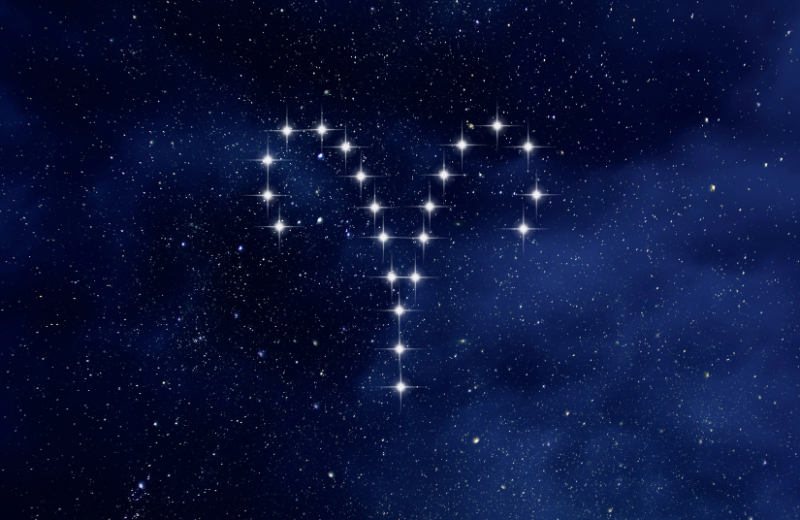
Aries is a constellation representing a ram. In Greek mythology, it is linked to the story of the Golden Fleece, a symbol of authority and kingship. The ram in the myth was sent by the gods to save Phrixus and Helle from their evil stepmother. Aries is a relatively small constellation but is easily recognisable by its bright star, Hamal, which is its alpha star. Hamal is a giant star, 66 light-years away from Earth, shining brightly in the northern hemisphere's spring skies.
2. Taurus (The Bull)
Date Range: April 20 - May 20
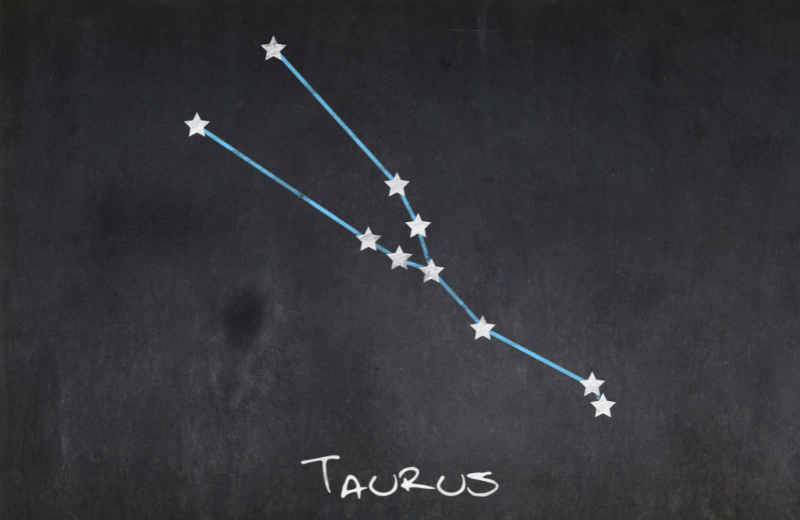
Taurus is symbolised by a bull and is one of the oldest constellations known, dating back to the Bronze Age. The prominent star cluster, the Pleiades, also known as the Seven Sisters, lies within Taurus. This cluster has significant cultural importance in many mythologies around the world, from Greek to Maori legends. Additionally, Taurus contains another notable star cluster, the Hyades, which forms the V-shaped head of the bull. The red giant star Aldebaran, representing the bull's eye, is the brightest star in Taurus, easily spotted due to its distinct orange hue.
3. Gemini (The Twins)
Date Range: May 21 - June 20
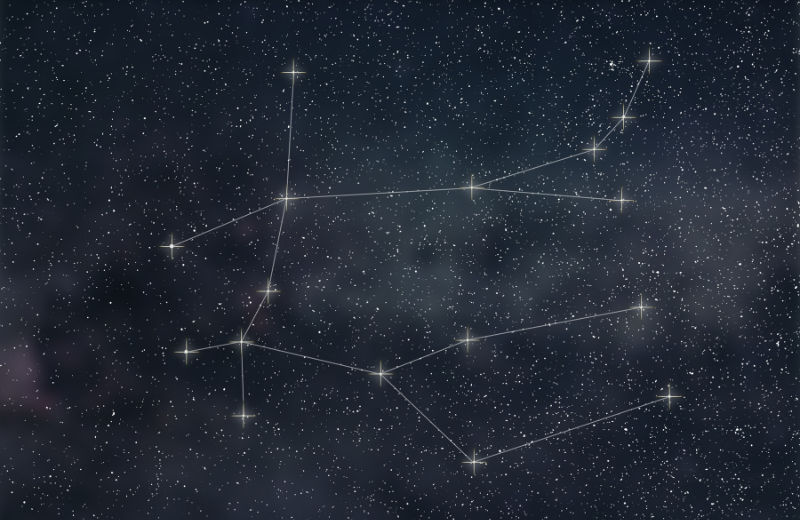
Gemini is represented by the twins Castor and Pollux from Greek mythology. These twins were the sons of Zeus and Leda and are associated with adventure and heroism. The constellation is notable for its two bright stars named after these mythological figures: Castor and Pollux. Castor is a multiple-star system, while Pollux is a giant star and the brighter of the two, located about 34 light-years from Earth. Gemini is best viewed during the winter months and is positioned near the constellations Orion and Taurus.
4. Cancer (The Crab)
Date Range: June 21 - July 22
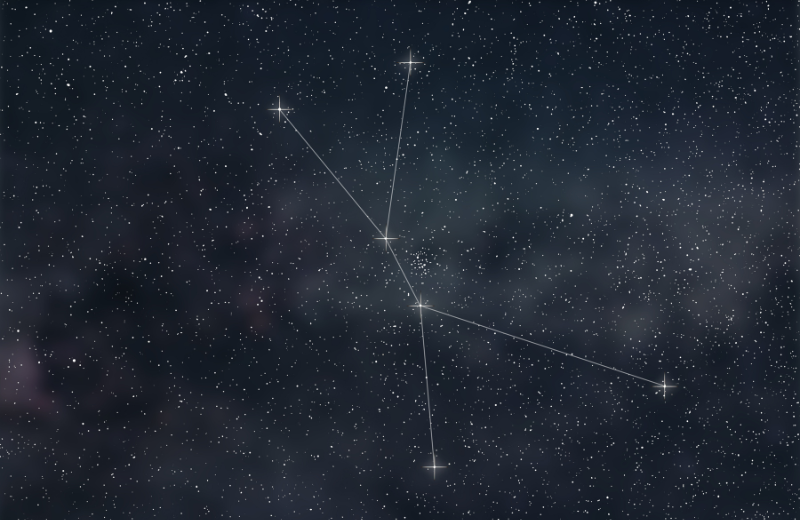
Cancer is a faint constellation, often overlooked in the night sky due to its lack of bright stars. It represents the crab that Hercules crushed underfoot during his fight with the Hydra in Greek mythology. Despite its faintness, Cancer is home to one of the nearest open star clusters to Earth, the Beehive Cluster (Praesepe), also known as M44. This cluster, visible to the naked eye under dark skies, contains a large number of stars and is a delightful sight through binoculars or a small telescope.
5. Leo (The Lion)
Date Range: July 23 - August 22
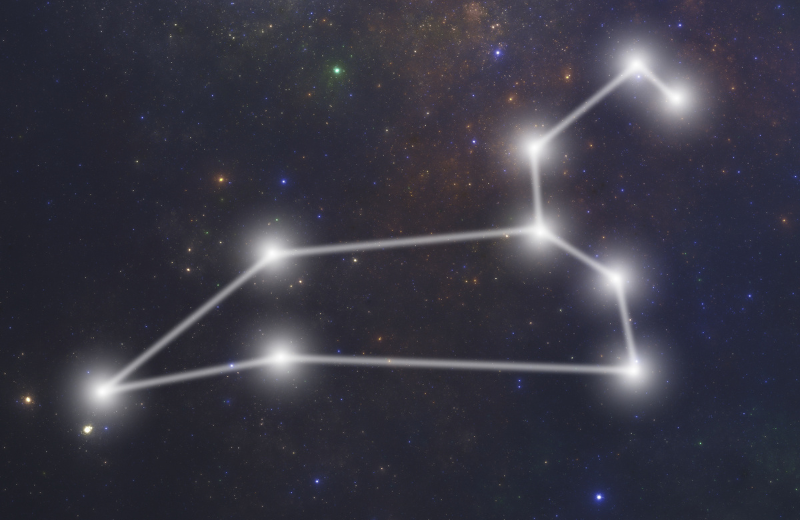
Leo is one of the most easily recognisable constellations, associated with the Nemean Lion in Greek mythology, a beast slain by Hercules as one of his twelve labours. The constellation's brightest star, Regulus, is often referred to as the "Heart of the Lion" and is a multiple-star system about 79 light-years from Earth. Leo is also home to several interesting galaxies, including the Leo Triplet, a group of three interacting spiral galaxies, making it a popular target for amateur astronomers.
6. Virgo (The Maiden)
Date Range: August 23 - September 22
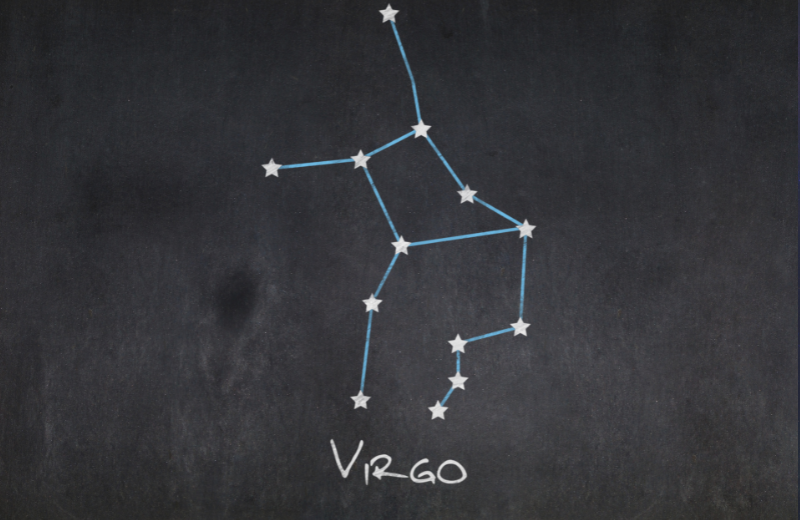
Virgo is one of the largest constellations in the sky and is often depicted as a maiden holding a sheaf of wheat, symbolising fertility and agriculture. The bright star Spica, located in Virgo, is one of the brightest stars in the night sky and represents the ear of wheat in the maiden's hand. Virgo is also significant in astronomy due to the Virgo Cluster, a massive cluster of galaxies that is part of the larger Virgo Supercluster. This region of the sky is a treasure trove for galaxy hunters.
7. Libra (The Scales)
Date Range: September 23 - October 22
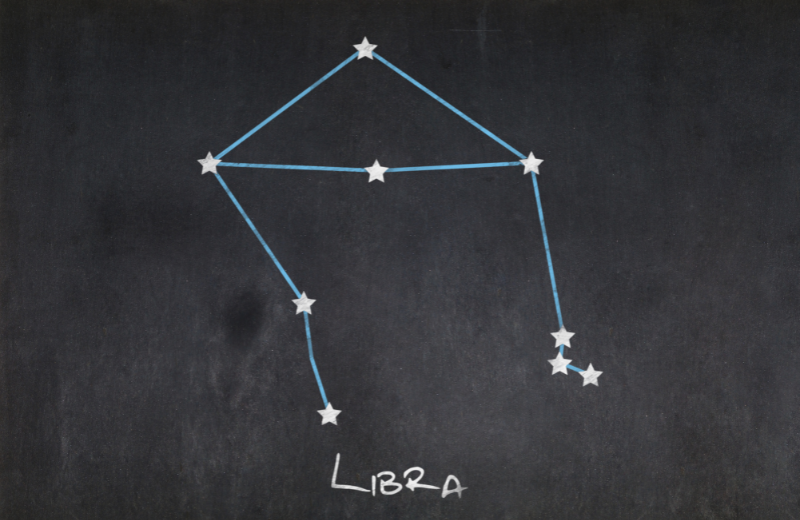
Libra is unique as it is symbolised by an inanimate object—the scales, representing balance and justice. In ancient times, it was associated with the constellation Scorpio and was considered the claws of the scorpion. Libra's stars are relatively faint, with its brightest stars, Zubenelgenubi and Zubeneschamali, marking the scales' balance points. Despite its faintness, Libra has historical significance in various cultures, often associated with the equinox, when day and night are of equal length.
8. Scorpio (The Scorpion)
Date Range: October 23 - November 21
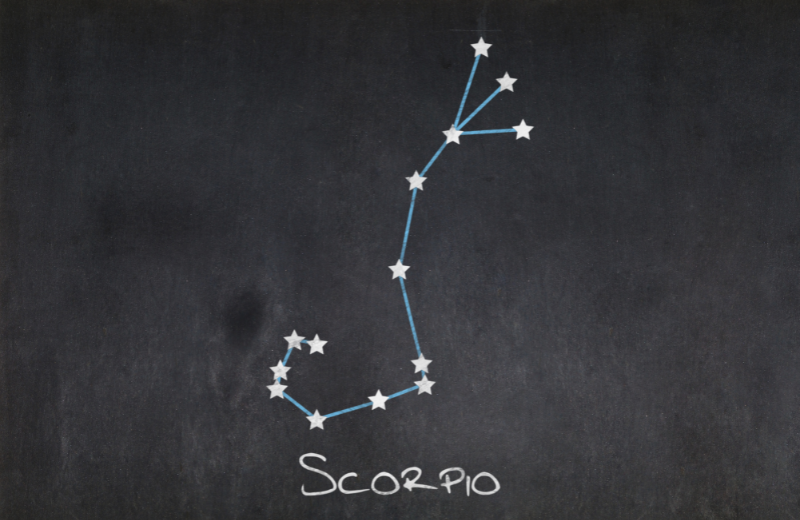
Scorpio is one of the most visually striking constellations, resembling a scorpion with its curved tail and stinger. It is associated with the myth of Orion, whom the scorpion killed. The bright star Antares, often seen as the heart of the scorpion, is a red supergiant star, one of the largest visible to the naked eye. Scorpio is prominent in the southern hemisphere and is easily spotted during the summer months. The constellation also contains several deep-sky objects, including the Butterfly Cluster and the Ptolemy Cluster.
9. Sagittarius (The Archer)
Date Range: November 22 - December 21
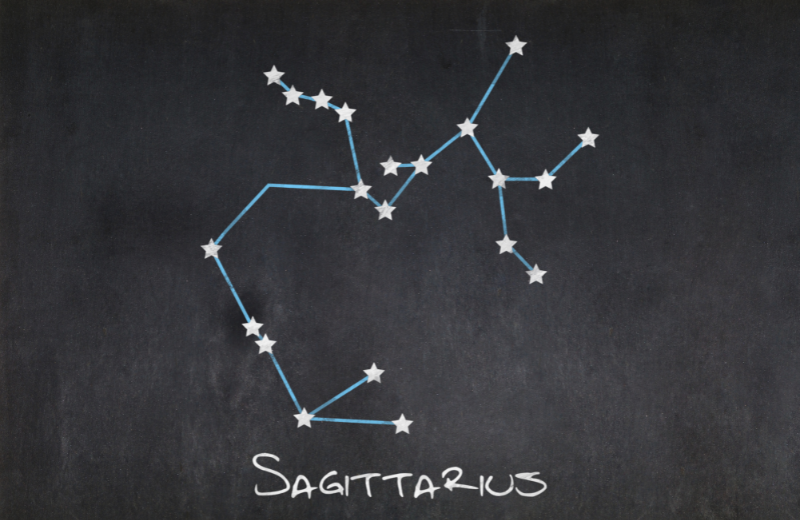
Sagittarius is depicted as a centaur drawing a bow, aiming towards the heart of the scorpion. It is a rich area of the sky with many star clusters and nebulae, including the Lagoon Nebula, Trifid Nebula, and Omega Nebula. Sagittarius points towards the centre of our galaxy, the Milky Way, making it a fascinating constellation for stargazers. The bright star Kaus Australis marks the archer's bow, and the constellation's shape is often likened to a teapot.
10. Capricorn (The Sea-Goat)
Date Range: December 22 - January 19
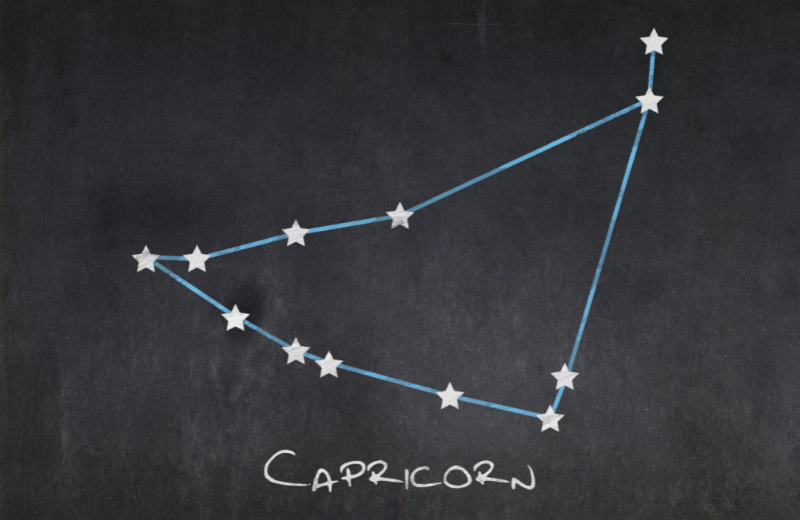
Capricorn is symbolised by a creature that is half-goat, half-fish. It is a relatively faint constellation but holds significant astrological importance. Capricornus, its Latin name, is one of the oldest constellations, and its mythological origins are linked to the god Pan, who transformed into a sea-goat to escape the monster Typhon. Despite its faintness, Capricornus is notable for containing the star Delta Capricorni, a binary star system.
11. Aquarius (The Water Bearer)
Date Range: January 20 - February 18
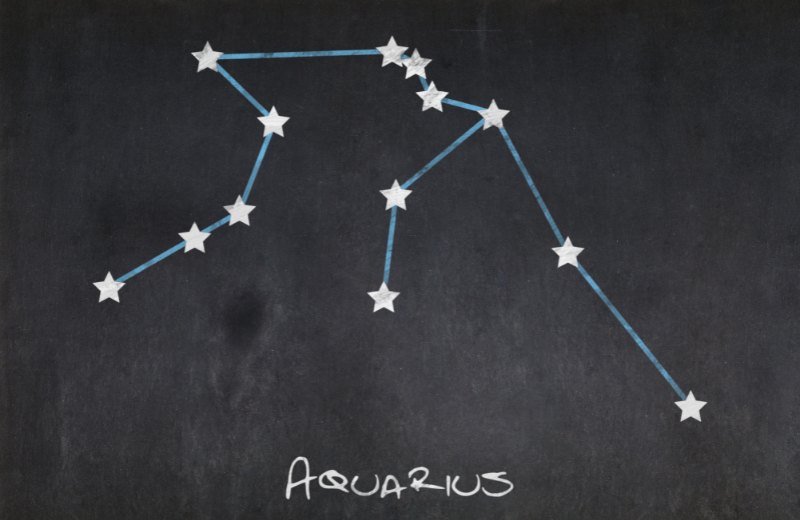
Aquarius is depicted as a figure pouring water from a jar, symbolising life and nourishment. It is one of the oldest constellations, recognised by various ancient cultures, including the Babylonians, who saw it as the god Ea, pouring out the waters of life. The constellation is home to several planetary nebulae, including the famous Helix Nebula, often referred to as the "Eye of God" due to its eye-like appearance.
12. Pisces (The Fish)
Date Range: February 19 - March 20
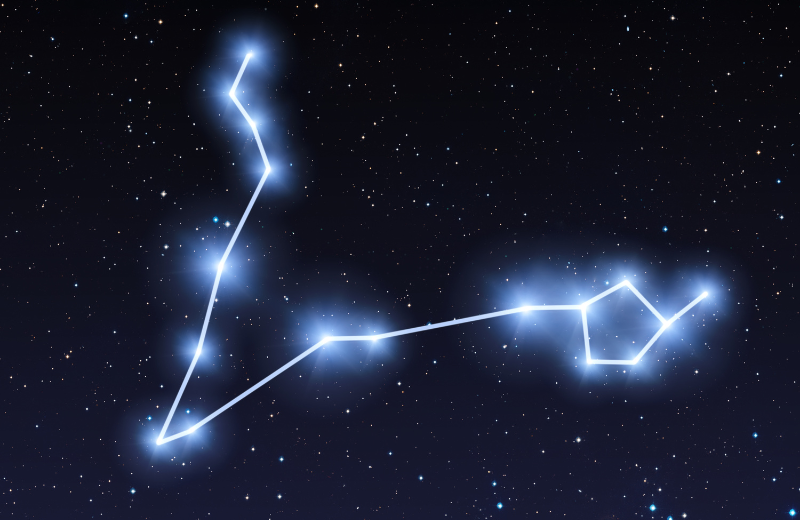
Pisces is represented by two fish swimming in opposite directions, tied together by their tails. This constellation is associated with the Greek myth of Aphrodite and Eros transforming into fish to escape the monster Typhon. Pisces is a large but faint constellation, notable for the star Alrescha, which marks the knot of the fish's tails. The constellation also contains the spiral galaxy Messier 74, a favourite among astronomers.
Want to put your knowledge of Astrology to the test?
Centre of Excellence has you covered.
Sample the first 2 modules of our Astrology Diploma Course for FREE!
What is the Forgotten Zodiac Constellation?
You might have heard about the 13th zodiac constellation, Ophiuchus. Although not traditionally included in the zodiac, Ophiuchus, the Serpent Bearer, lies along the ecliptic. It was omitted from the classical zodiac signs due to the Babylonians' desire to have a neat 12-month calendar, each month associated with one constellation.
Recommended for you!
Best SellersFrequently Asked Questions About Zodiac Constellations
Are Zodiac Constellations the Same as Birth Signs?
While zodiac constellations are the actual star patterns in the sky, birth signs, or sun signs, are based on the position of the Sun relative to these constellations at the time of your birth. Due to the Earth's precession (a gradual shift in its rotational axis), the Sun's position in the sky has changed over millennia, meaning the dates associated with zodiac signs do not perfectly align with the current positions of their respective constellations.
Why Can't I See My Zodiac Constellation on My Birthday?
It might seem odd, but you can't see your zodiac constellation on your birthday because it is usually positioned behind the Sun during that time. For example, if you are a Leo, the Sun is in front of the Leo constellation on your birthday, making it invisible in the night sky. To see your zodiac constellation, you need to look at the night sky six months before or after your birthday.
What is the Hardest Zodiac Constellation to Find?
Cancer is often considered the hardest zodiac constellation to find because it is faint and lacks bright stars. Observers typically need clear, dark skies to spot it. However, using the Beehive Cluster as a reference can help locate it.
Which Zodiac Constellation is Closest to Earth?
The closest zodiac constellation to Earth in terms of star proximity is likely Taurus, with the star Aldebaran being one of the nearest bright stars at about 65 light-years away.
How Many Zodiac Constellations Can You See at Once?
Typically, you can see about six zodiac constellations at any given time, depending on your location and the time of year. The visibility of these constellations changes as the Earth orbits the Sun, shifting the night sky's appearance.
What is The Difference Between the Zodiac and a Zodiac Constellation?
The term "zodiac" refers to the entire band of the sky through which the Sun, Moon, and planets appear to move, encompassing all twelve constellations. A "zodiac constellation" specifically refers to one of those twelve star patterns. Essentially, the zodiac is the broader concept, while zodiac constellations are the individual components within that concept.
Study Astronomy for £29
If you're intrigued by the stars and want to learn more, consider enrolling in the Astronomy Diploma Course offered by Centre of Excellence. For a limited time, this fascinating course is available for just £29.













